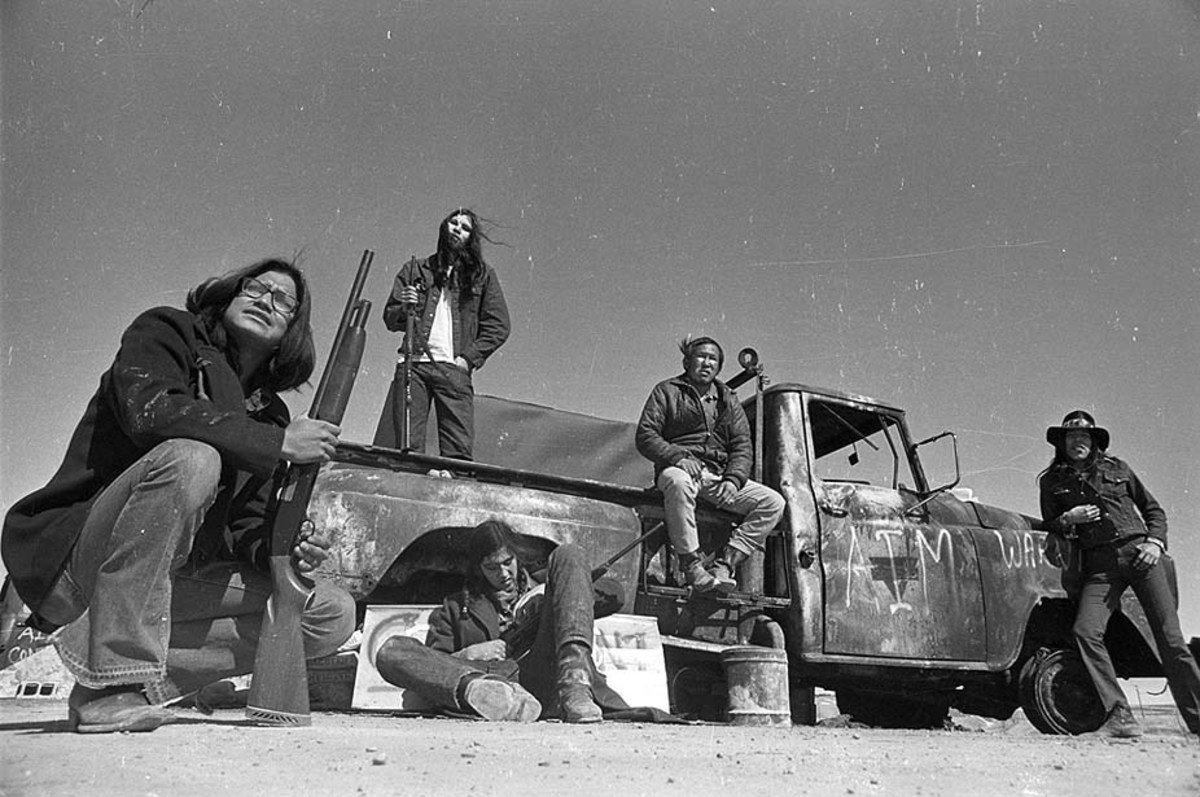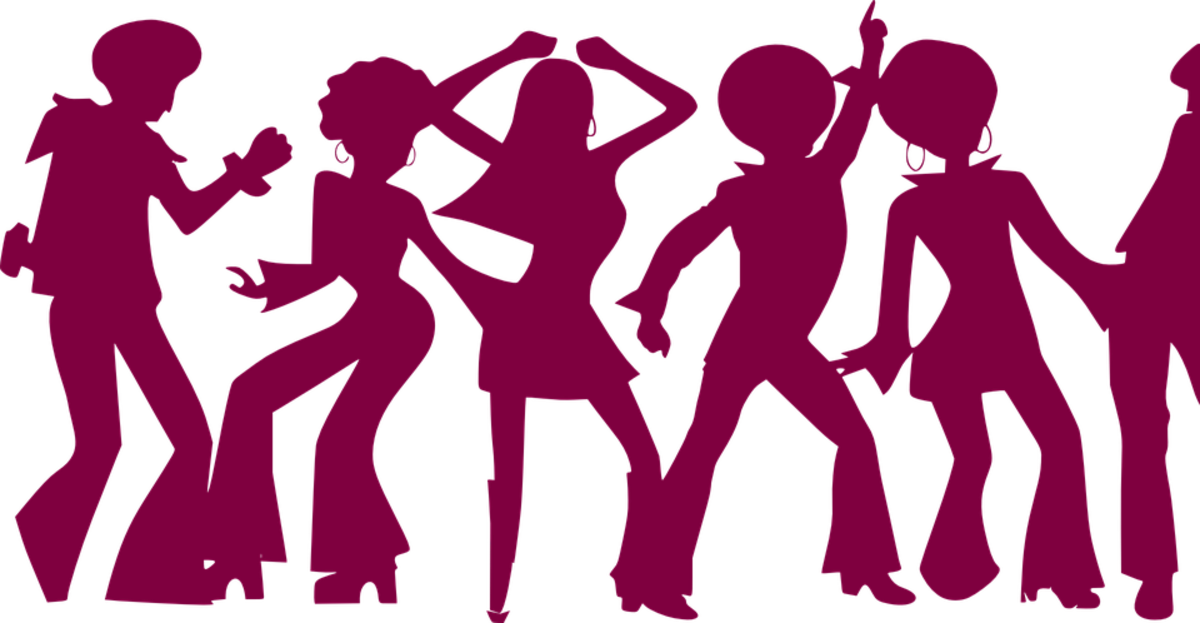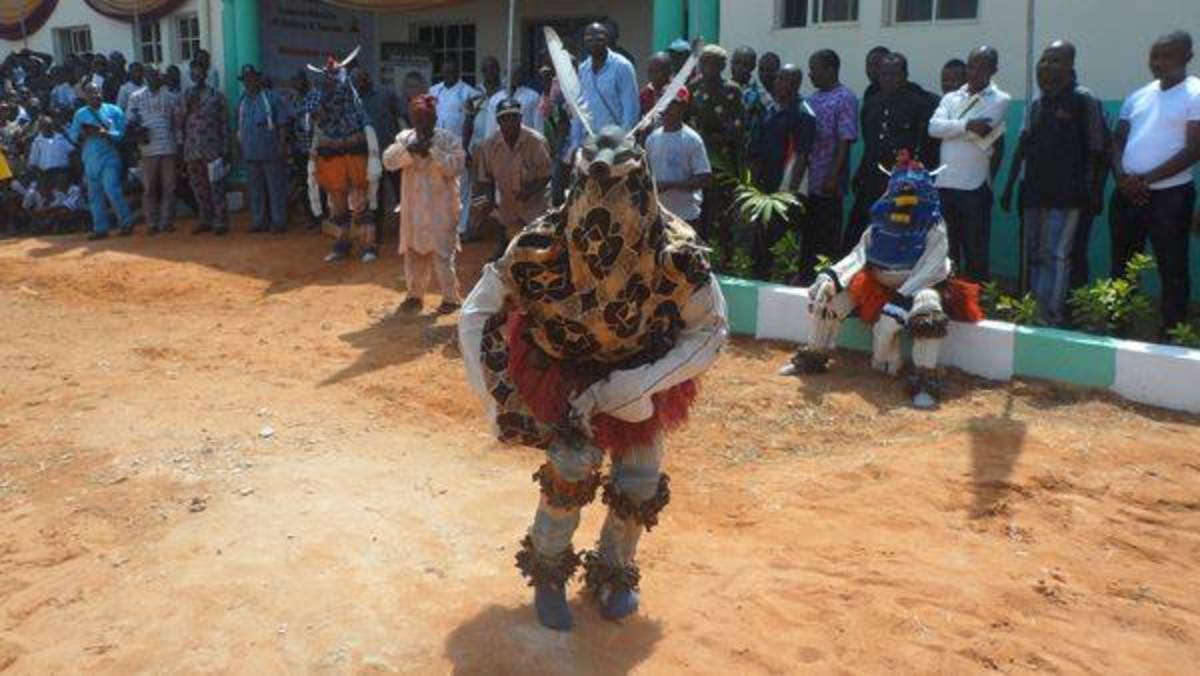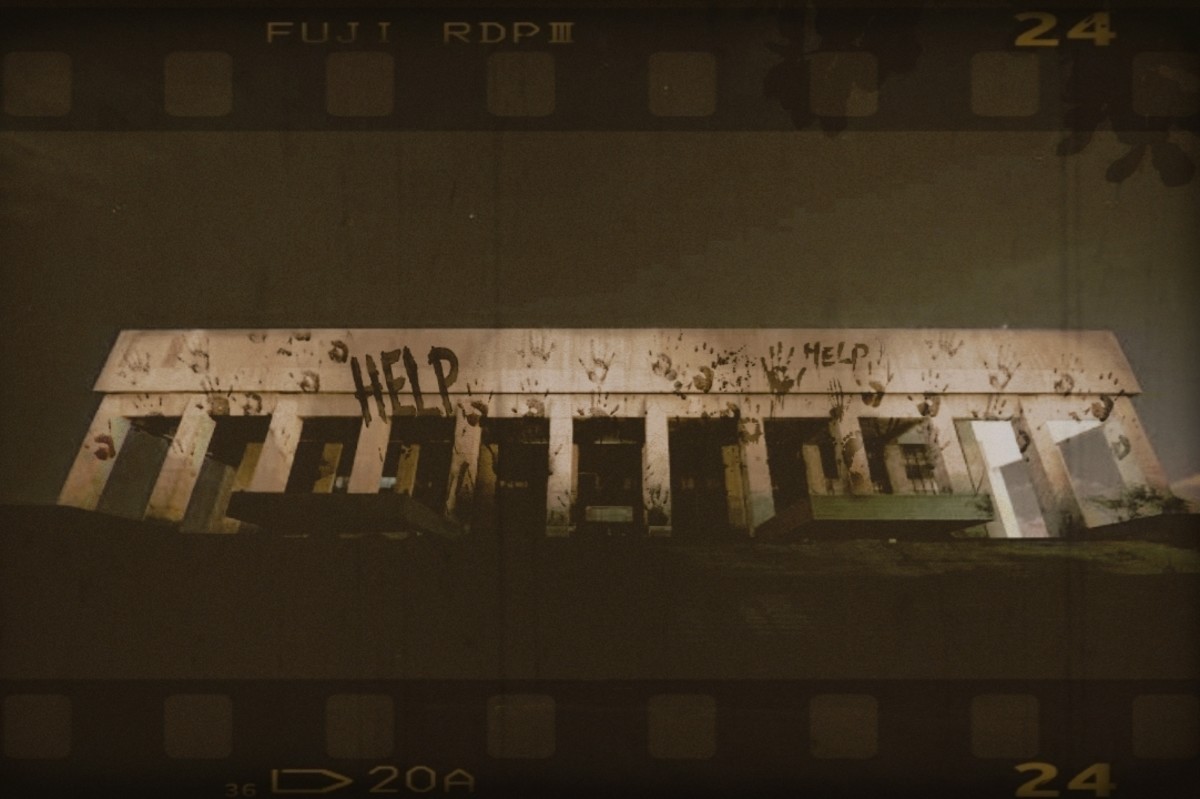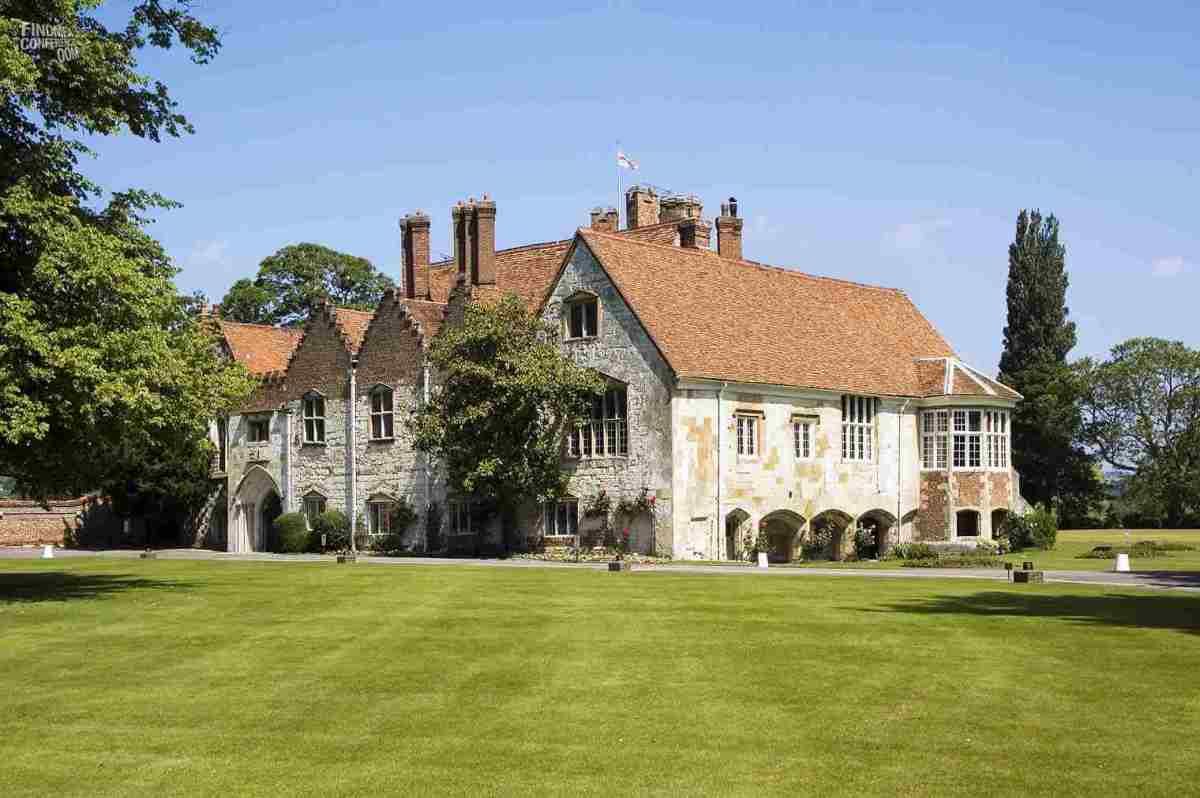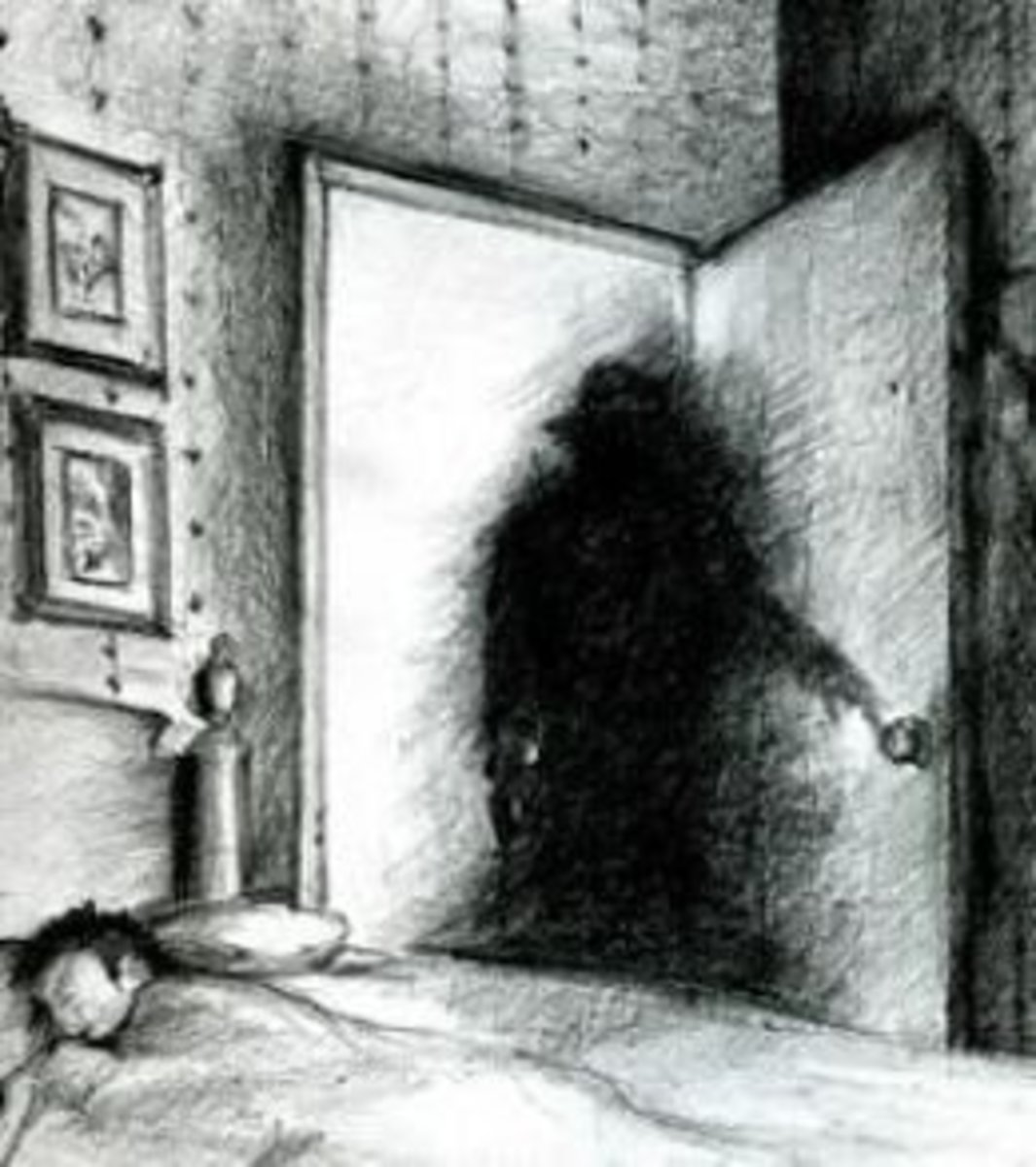Ghost Dancers Of Wounded Knee

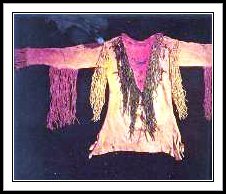
Battle of Wounded Knee
The Battle of Wounded Knee is what the U S Army originally called it. But, after the true facts about what actually happened emerged, it had to be renamed as the Massacre of Wounded Knee. The Sioux were unarmed. It all began with the Ghost Dancers.
The Ghost Dance spread through the west during 1888. It began through the visions of a Paiute Indian holy man, Wovoka, from Nevada. Wovoka had a vision during an eclipse of the sun which came to be known as the Ghost Dance “Religion”. It was a mixture of Ancient Indian Beliefs and Christianity. The Ghost Dance ceremonies lasted for 5 days and 4 nights and occurred every 6 weeks. Participants painted their faces and dressed in “Ghost Shirts” for the dance.
Wovoka had become acquainted with a white man David Wilson and his family. David called him Jack Wilson, which is how he became known among the whites. Through this association Wovoka learned English and Christianity. In 1890, he became extremely ill with a fever. It is said he fell into a trance and taken to the spirit world. There he saw his dead ancestors and God. God told Wovoka his people must be good, love one another and live peacefully with the white man. He was then taught the dance and told to teach his people.


Ghost Dance
Wovoka claimed the earth would soon be destroyed and then rejuvenated again to be inherited only by Indians, including their dead, for an eternal existence. However, Indians had to live honestly but reject the white man’s ways. Kicking Bear, a Miniconjou Teton Lakota, traveled to Nevada to learn about the new "religion".

Murder Of Sitting Bull
The events leading up to the massacre had been prefaced by the murder of Sitting Bull on December 15th, so tension had since been extremely high. As a result, some of the Miniconjou and Hunkpapa Sioux Indians left for the Badlands. White officials became alarmed at the religious observances and banned the Ghost Dance on Lakota reservations, fearing it was a signal for an uprising. But the Sioux continued with their rites, so officials called in military troops.
Immediately, news Reporters across the country scrambled to get the story. However, there wasn’t one. Therefore, a few exuberant writers embroidered the details of activities there, thus, resulting in the public believing an uprising was eminent. Fed by such stories the situation took on a life of its’ own.
On December 28, the 7th U. S. Cavalry arrested an entire village led by Big Foot of the Hunkpapa Sioux. The count was 230 Sioux Indian women and children. Only 120 Sioux were men. Early in the morning on December 29th 1890, four cannons were aimed on the Wounded Knee Village.
Early the next morning, the soldiers numbering about 500, demanded all Indian weapons and firearms confiscated. Yellow Bird a medicine man, encouraged resistance, claiming the Ghost Shirts, somehow magically bullet proof, would protect them.
One soldier tried to disarm a deaf Indian named Black Coyote and the firearm discharged. Four cannons opened fire, killing men, women and children alike, including the sick Big Foot. The slaughter lasted less than an hour with at least 150 Indians being killed and 50 wounded. In comparison, army losses were 25 with 39 wounded.
Almost all historical statistics state over 200 Indians were killed that day. However, government documents only reported Indian dead as 64 men, 44 women and girls, and 18 babies. It was the last major military confrontation between the Plains Indians and the U. S. Army. But the newspapers got their stories.
The Ghost Dance began with the leaders of the dance, usually four men, gathering in a circle. They would face inward and sing an opening song. It was repeated while dancers slowly shuffled in step from right to left copying the course of the sun. They go in that direction because it follows the course of the sun. Different songs are sung throughout the dance. The rhythm of the chanting is all that guides the dancers’ steps.
As songs are sung by the leaders, more people join in the circle. Each song begins slowly and increases in volume and speed each time it is sung. By the fourth time, it is loud and fast. The next song begins and the steps are repeated. During the dance, people fall into trances. Most claim they see deceased relatives.



